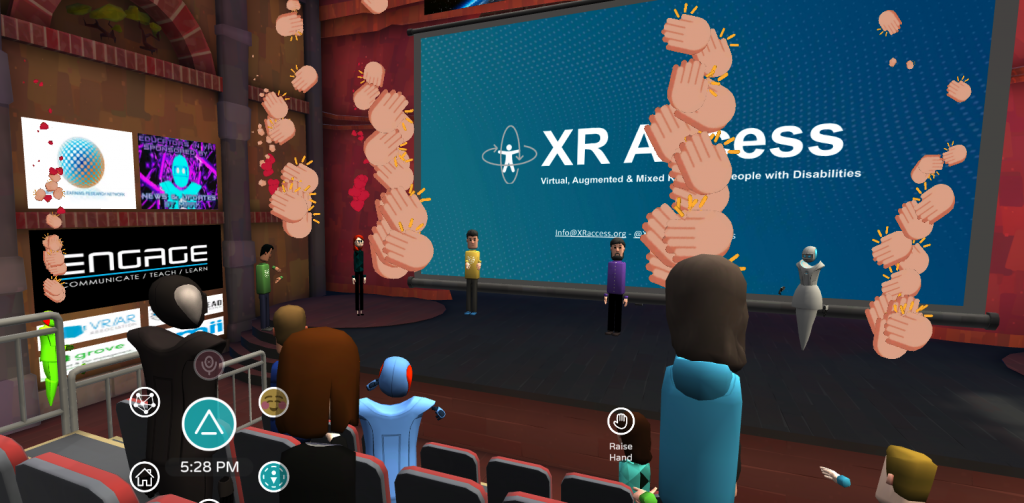To be in government IT is to be trapped in an endless cycle of clichés. Often, trusted best practices like “start small” are repeated at government conferences like they’re the IT national anthem – and usually, they’re good advice.
But that’s why the Veterans Affairs Department’s leap to cloud is so striking. The VA defied the incremental, “start small” maxim before migrating a major application.
“We had a reason to migrate one of our biggest, most mission-critical applications right away, and it worked,” Dave Catanoso, Director of the Enterprise Cloud Solutions Office at VA, said.
Catanoso was part of GovLoop’s recent cloud-focused Briefing Center, a two-hour collection of different online trainings. He was joined on the panel by Frank Konieczny, Chief Technology Officer (CTO) of the U.S. Air Force, and Gregg Ostrowski, Regional CTO for AppDynamics.
On the panel, the three commented on common challenges they’ve found in cloud transitions and shared their solutions. Below are a few takeaways from the event.
1. Change Your Mindset
Catanoso said VA’s biggest challenge wasn’t the size but speed of innovation that accompanied its cloud transition.
“You have to make a mental change to do that,” he said.
People don’t always trust the cloud, and especially for security, the model is totally different. Catanoso said adjusting to the Federal Risk and Authorization Management Program (FedRAMP) took effort. FedRAMP is a federal governmentwide program that rates and authorizes the security of vendors’ cloud offerings. Though FedRAMP vets clouds’ security, VA and other agencies are still responsible for consistent security controls at the application level.
Catanoso said VA’s cloud move was especially testing because of the array of data the organization holds – from health records to benefits information.
Another mentality adjustment had to do with payment. Cloud costs come on demand, which means services are payed for incrementally based on usage. While this atypical model can save money – though Konieczny, the Air Force CTO, says not to count on savings – it also distorts budgets. And as some government budgets are forecasted years ahead, planning for the cloud is a major mindset shift.
2. Rationalize and Modernize
Government program offices own different applications under their umbrellas. Who controls applications then poses a problem when moving to the cloud, because no managers want to consolidate their applications, undergo a months-long migration, or risk halting productivity.
The Air Force has between 2,000 and 3,000 legacy applications, Konieczny said. And as all have different dependencies, moving an application to the cloud isn’t as easy as sharing a file.
“We have to look at the success factors,” Konieczny said. “So, we have to look at the critical applications we have, and we have to determine whether to move those to an environment that is more reliable.”
In moving to the cloud, the Air Force decided to adopt DevSecOps to assuage security, usability and reliability concerns. DevSecOps is a software methodology that has operations and development teams work closely throughout the application lifecycle, with security embedded early on.
To accompany the new processes, the Air Force acquired collaboration tools.
“Modernizing as you migrate is probably the best way to go,” Ostrowski said.
3. Adopt Other Emerging Technologies
A major benefit to cloud is interconnectivity. Having all applications and data shared in the same virtual space widens the possibilities for automation and artificial intelligence.
Before having networks patch themselves or automatic threat detection, however, agencies need to get their house in order. Approval times need to be shortened, and applications need to be available, Catanoso said. Moreover, moving to the cloud helps lay the foundation for large-scale automation.
Just like humanity is on the cusp of self-driving cars, technology isn’t too far from operating autonomously too.
“Having a self-driving data center or application suite that’s managing itself is something the market is going to,” Catanoso said.
This online training was brought to you by:
